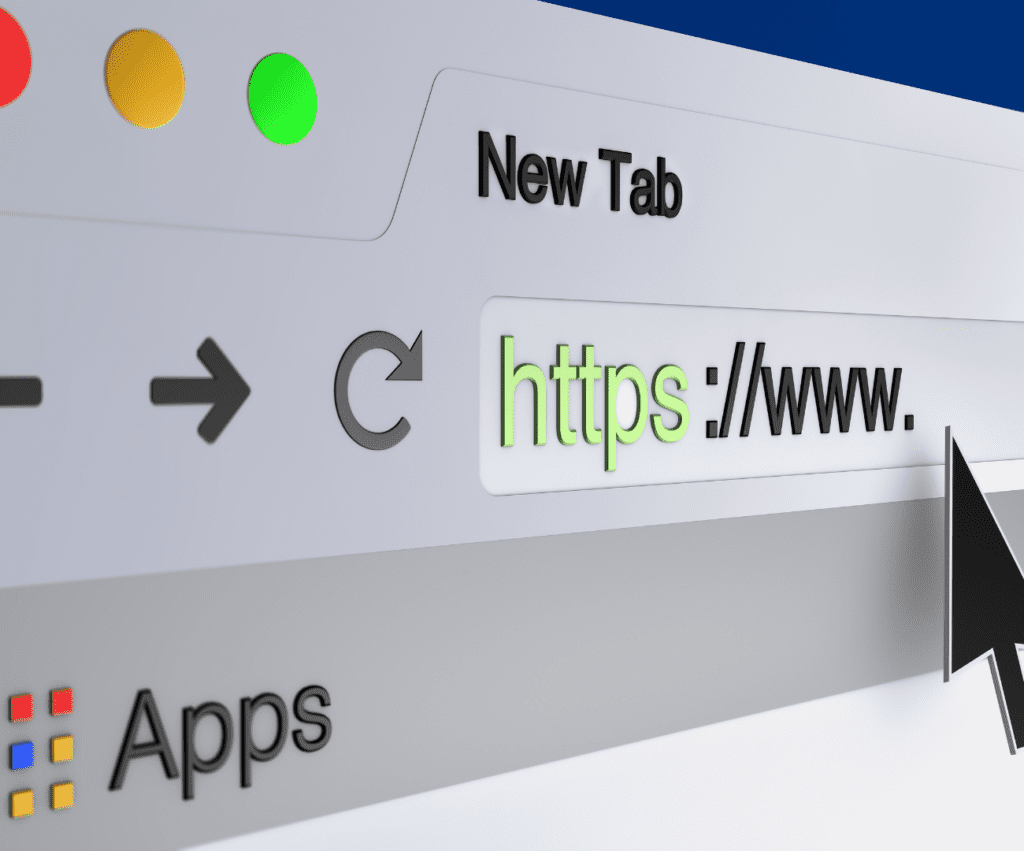Cross-browser testing is the process of testing a website or web application across multiple web browsers to ensure consistent functionality and appearance.
It involves checking how the site or application behaves in different browsers, versions, and operating systems. Here’s why cross-browser testing is important and how to perform it effectively:
Importance of Cross Browser Testing

User Experience:
Different browsers render websites and web applications differently. Cross-browser testing ensures that users have a consistent and optimal experience, regardless of the browser they are using.
Market Share:
Web users utilize a variety of browsers, including popular ones like Chrome, Firefox, Safari, and Edge. Testing across multiple browsers helps ensure compatibility with the major market share and reach a wider audience.
Bug Identification:
Each browser has its own rendering engine and interpretation of web standards. Cross-browser testing helps identify browser-specific issues, such as layout inconsistencies, JavaScript errors, or broken functionality.
Responsive Design and Mobile Devices:
With the increasing use of mobile devices, it’s crucial to test websites and web applications on different browsers and screen sizes. Cross-browser testing ensures responsiveness and usability across various devices.
Accessibility:
Different browsers may have varying levels of support for accessibility features. Cross-browser testing helps verify that accessibility standards are met and that users with disabilities can access and use the website or application.
How to Perform Cross Browser Testing?

Identify Target Browsers:
Determine the browsers and versions you want to test against based on your target audience and market share. Consider popular browsers and versions, both on desktop and mobile platforms.
Test on Real Devices and Emulators:
Test on real devices and emulators to cover a wide range of screen sizes, resolutions, and operating systems. Emulators can simulate different devices, while real devices provide more accurate results.
Test Core Functionality:
Start by testing the core functionality of your website or application across different browsers. Focus on critical features, form submissions, navigation, and key interactions to ensure they work consistently.
CSS and Layout Testing:
Verify that the layout, styling, and CSS effects are rendered correctly across browsers. Pay attention to spacing, alignment, font rendering, and any browser-specific CSS properties.
JavaScript and Interaction Testing:
Test JavaScript functionality and interactions across browsers. Ensure that JavaScript code, events, AJAX requests, and dynamic content work as expected.
Performance and Load Testing:
Evaluate website performance and load times on different browsers to identify any performance issues or bottlenecks. This can include testing page load times, resource loading, and response times.
Use Cross Browser Testing Tools:
Utilize cross-browser testing tools that allow you to automate the testing process across multiple browsers. These tools offer virtual machines, cloud-based testing, or device labs for efficient and comprehensive testing.
Regularly Update and Retest:
Browsers and their versions are constantly updated. Regularly retest your website or application to ensure ongoing compatibility and address any newly introduced issues.
By following these steps and incorporating cross-browser testing into your development process, you can ensure that your website or web application functions as expected and provides a consistent experience for all users, regardless of the browser they use.
8 Insanely Popular Cross Browser Testing Tools In 2023

- BrowserStack: BrowserStack offers a cloud-based testing platform that allows you to test your website on a wide range of browsers, operating systems, and mobile devices. It provides real browsers running on real machines, ensuring accurate testing results.
- Sauce Labs: As example of cross browser testing tools go, Sauce Labs provides a cloud-based testing platform that allows you to test your web application on various browsers and devices. It supports automated testing frameworks and offers integrations with popular CI/CD tools.
- CrossBrowserTesting: CrossBrowserTesting offers a cloud-based testing platform that enables you to test your website or application on a vast selection of browsers, devices, and operating systems. It supports live testing and automation, providing a comprehensive testing solution.
- LambdaTest: Up next on cross browser testing tools examples list, we’ve got LambdaTest.
It offers a cloud-based testing platform with a wide range of browsers, operating systems, and devices. It supports live testing, automated screenshot testing, and integration with popular testing frameworks.
- Browserling: Browserling provides a web-based testing platform where you can test your website across different browsers and operating systems. It offers live testing and interactive sessions for real-time debugging.
- TestingBot: TestingBot offers a cloud-based testing platform for cross-browser and mobile testing. It supports automated testing, real device testing, and provides integration with popular test automation frameworks.
- Microsoft Edge Developer Tools: Microsoft Edge Developer Tools provide built-in tools for testing and debugging websites on the Microsoft Edge browser. It includes features for inspecting elements, testing different rendering modes, and performance profiling.
- Google Chrome DevTools: As cross browser testing tools go, Google Chrome DevTools is a set of built-in developer tools available in the Google Chrome browser. It offers a range of features for inspecting and debugging web pages, including device emulation and network throttling for testing responsiveness.
Cross Browser Testing Challenges For Programmers To Know
Here are some common cross browse testing challenges that programmers may encounter during their workflow.
Browser Compatibility:
As far as cross browser testing challenges are concerned, different browsers may interpret HTML, CSS, and JavaScript code differently, leading to variations in how web pages are rendered. Ensuring consistent behavior across multiple browsers requires careful consideration and testing of compatibility issues.
CSS Compatibility:
CSS properties and rules can behave differently across browsers, causing layout inconsistencies or visual discrepancies.
Dealing with browser-specific CSS hacks or workarounds to achieve consistent styling can be time-consuming and challenging.
JavaScript Compatibility:
Moving on with cross browser testing challenges , it is important to let you know that JavaScript functionality may not work uniformly across different browsers due to variations in ECMAScript versions, supported APIs, and browser-specific quirks.
Programmers need to be aware of these differences and test their code thoroughly to ensure cross-browser compatibility.
Cross-Origin Resource Sharing (CORS):
As popular cross browser testing challenges go, CORS policies can restrict access to resources (e.g., fonts, images, APIs) across different domains. Programmers need to handle CORS issues properly to ensure that cross-domain requests are handled correctly and securely.
Browser Performance:
Each browser has its own performance characteristics, and certain operations or code patterns may perform differently in different browsers. Optimizing code and ensuring efficient performance across browsers can be a challenge, requiring careful profiling and testing.
Responsive Design:
Responsive web design aims to provide optimal user experiences across various screen sizes and devices.
However, different browsers may interpret media queries or handle responsive layout differently. Ensuring consistent responsiveness across browsers requires thorough testing on different devices and screen resolutions.
Browser Version Compatibility:
Browser versions and their support for web standards continuously evolve. Programmers need to consider the compatibility of their code with both the latest browser versions and older versions that may still be in use by some users.
User Interaction and Accessibility:
User interaction and accessibility features, such as keyboard navigation, screen readers, or touch events, can vary across browsers.
Programmers need to ensure that their web applications are accessible and provide a consistent experience for users with disabilities or different input methods.
To overcome these cross browser testing challenges, programmers can follow best practices such as adhering to web standards, using feature detection instead of browser detection, adopting progressive enhancement, and conducting thorough testing on multiple browsers and devices.
It’s crucial to allocate sufficient time and resources for cross-browser testing to ensure a robust and consistent user experience across different browsing environments.


